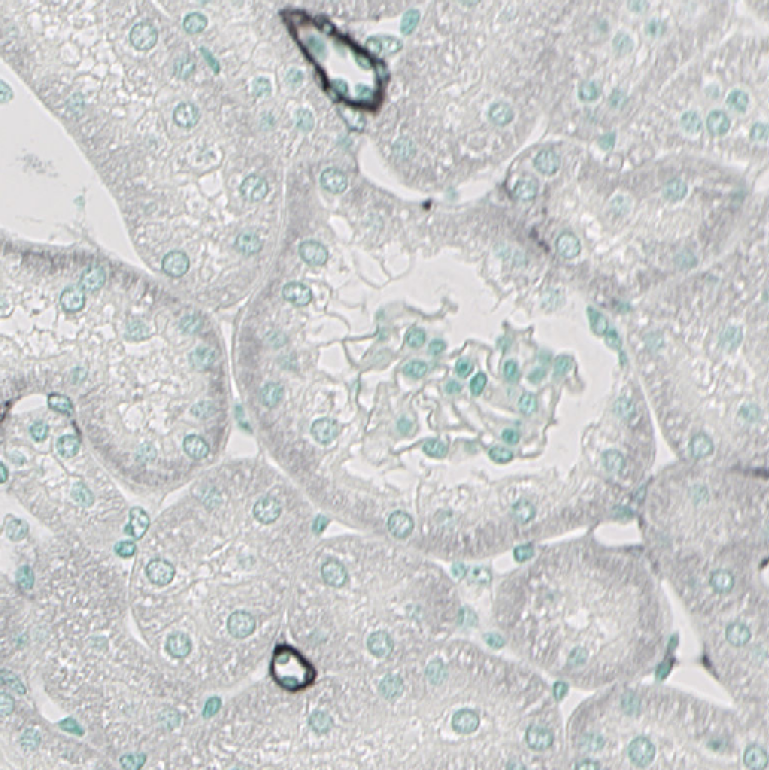Comparison of Consecutive and Re-stained Sections for Image Registration in Histopathology
Purpose: In digital histopathology, virtual multi-staining is important for diagnosis and biomarker research. Additionally, it provides accurate ground-truth for various deep-learning tasks. Virtual multi-staining can be obtained using different stains for consecutive sections or by re-staining the same section. Both approaches require image registration to compensate tissue deformations, but little attention has been devoted to comparing their accuracy. Approach: We compare variational image registration of consecutive and re-stained sections and analyze the effect of the image resolution which influences accuracy and required computational resources. We present a new hybrid dataset of re-stained and consecutive sections (HyReCo, 81 slide pairs, approx. 3000 landmarks) that we made publicly available and compare its image registration results to the automatic non-rigid histological image registration (ANHIR) challenge data (230 consecutive slide pairs). Results: We obtain a median landmark error after registration of 7.1 {\mu}m (HyReCo) and 16.0 {\mu}m (ANHIR) between consecutive sections. Between re-stained sections, the median registration error is 2.3 {\mu}m and 0.9 {\mu}m in the two subsets of the HyReCo dataset. We observe that deformable registration leads to lower landmark errors than affine registration in both cases, though the effect is smaller in re-stained sections. Conclusion: Deformable registration of consecutive and re-stained sections is a valuable tool for the joint analysis of different stains. Significance: While the registration of re-stained sections allows nucleus-level alignment which allows for a direct analysis of interacting biomarkers, consecutive sections only allow the transfer of region-level annotations. The latter can be achieved at low computational cost using coarser image resolutions.
PDF Abstract

